Intermediates
Gallantry and accessories
Blog Piekiełka
Howlite - a stone that perfectly imitates turquoise
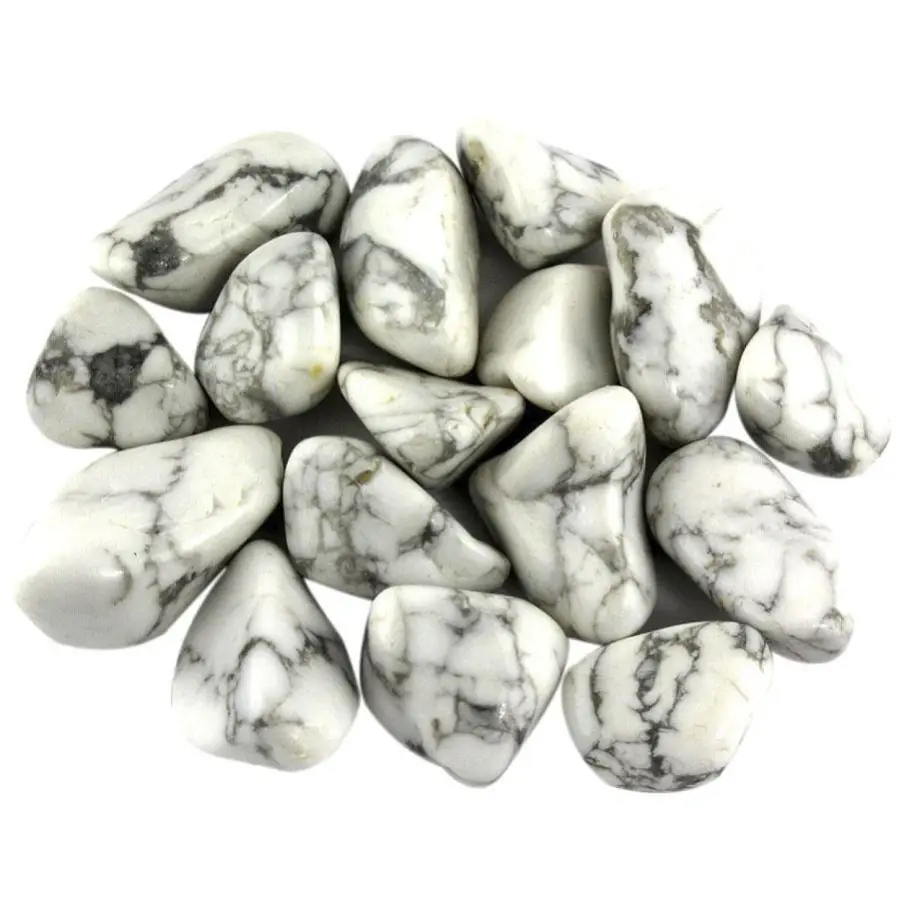
This stone, which belongs to the group of rare minerals, was found in a gypsum mine and first described in 1868 by Canadian mineralogist, geologist and chemist Henry How (1828-1879). He described the new mineral as "silico-boro-calcite." Soon after, it was named "howlite" by American mineralogist and geologist James Dwight Dan in honor of the discoverer.
The stone could easily be mistaken for magnesite. Closer examination, however, clearly shows that the two are quite different materials. Howlite is quite rare; it is found mainly in Canada, the USA (California), Turkey, and in Germany in the southern Harz. In English-speaking countries, the natural form of howlite is sometimes erroneously called "white turquoise" (white turquoise), "white buffalo turquoise" or "white buffalo stone." In the case of true "white buffalo turquoise", it refers to small-value turquoise from Tonopah, Nevada.
Properties of howlite
Mineralogically, howlite is classified as a borate. The mineral is formed when silicon dioxide and boric acid combine with calcium in gypsum deposits. Hydrated calcium borosilicate has the chemical formula: (Ca2[SiB5O9(OH)5]) and is soft, light and very porous. It is often found with other borates, such as colemanite, borax and gypsum.
Howlite crystallizes in a single-strand crystallographic system and forms tabular crystals. Aggregates of howlite are usually small, massive or spheroidal, sometimes the size of a hand, and consist of scaly, silky crystals. They have a dull to glassy sheen, the breakthrough is smooth.
On the ten-grade Mohs hardness scale, howlite usually shows a hardness of 3.0 to 3.5. In Canada, single howlite crystals with hardness up to 6.5 have been found in some mines. The density of the mineral is 2.45-2.58 g/cm³. Due to its low hardness, howlite does not meet the criterion of a gemstone (7 and above on the Mohs scale), but it is successfully used as a jewelry stone.
Howlite color, cut and processing
The typical natural appearance of howlite is somewhat reminiscent of porcelain, marble or ivory, as it is white in color and marked with dark veins. There is also howlite quite uniform, without gray or brown veins. In addition to the usual occurrence of completely opaque stones, transparent howlite happens very rarely. However, transparent crystals are small and reach only 1 cm, while the largest specimens of howlite weigh up to several hundred kilograms.
As a jewelry stone, howlite is very soft, and this means that it must be worked with great care. Besides, howlite products that are used every day are usually coated with a protective layer. It protects the mineral from scratches and other damage. The beautiful white stone makes a striking decoration and is pleasant to the touch.
Howlite crystals often have a smooth (cabochon) cut. There are no sharp edges, and the walls are rounded. Sometimes facet cut is also used, which gives the stones flat surfaces with different outlines.
The meaning and use of howlite
Howlite is soft, and at the same time very porous, for this reason it can be not only easily worked, but also dyed in a variety of colors. Dyes easily penetrate the structure of the mineral, creating imitations of turquoise, coral or lapis lazuli. It is especially often used as a substitute for turquoise, which is much more expensive. In this case, turquoise howlite is called turkmenite.
Due to its rarity, howlite is a sought-after stone for making necklaces, earrings, bracelets and rings. Both natural-colored and dyed howlite are susceptible to damage and must be coated with protective wax or resin.
Magnesite is also used to imitate turquoise. Both stones are porous and take green, blue or turquoise dyes very well. At first glance it is difficult to distinguish magnesite from howlite. Both dyed stones also look deceptively like turquoise. Certainty about which mineral is involved can give a hydrochloric acid test. While howlite turns into a gel in the acid, magnesite foams due to gas production. The method is effective, albeit somewhat drastic for jewelry and rather impractical.
Action of howlite
Howlite can be worn directly on the skin. The energy of howlite is then transferred to the body and affects a person's spiritual aura. A temporary use for nausea or stomach pains is to heat the stone and place it on the abdomen for a quarter of an hour. During this time, you can listen to calming music and allow the howlite to release its energetic forces. The healing stone has a soothing effect on the body and calms the stomach. Unlike many medications, here there is no danger of any negative side effects.
Howlite counteracts anger and aggression. It soothes all feelings that can negatively affect the stomach. It is especially recommended for people who suppress their anger within themselves. Howlite can also help with purely physical stomach ailments. The stone opens internal blockages and provides a perceptible improvement in well-being. It can help with other pains in the stomach area. It has a positive effect on the digestive system, improves digestion and strengthens a person's immune system. Those who experience stress on a daily basis, affecting the stomach negatively, should stock up on howlite.
The positive influence of howlite can also be seen in the spiritual sphere of man. The stone improves the ability of self-reflection and strengthens intuition. The white mineral helps to confidently and calmly make the right decisions. Also, people who are forced to make important strategic choices can improve their personal intuition with the help of howlite. Sports coaches will plan better strategies for teams if they take advantage of the white stone's support.
Howlite and zodiac signs
In the zodiacal realm, there are four zodiac signs for which howlite is essential: Taurus, Virgo, Capricorn and Scorpio. They will feel the beneficial effects of the stone after just a few days. The mineral will add perseverance to each of these signs and help them achieve their goals. However, howlite is not suitable for all zodiac signs. Those born under the sign of Aries should not wear this stone, as should Sagittarius and Leo. Representatives of the element of fire howlite will not bring prosperity, but rather depression. And the other signs of the zodiac can wear jewelry with howlite without fear - this peaceful mineral will not bring them harm.
The largest howlite in the world
In nature, this stone is not very often found, because it needed special conditions to form. These are mainly saturated salt solutions rich in calcium and boron. The largest deposits of howlite are found in California and Canada. The largest lump of howlite dug up in California weighed 500 kg.
Jewelry with howlite
-
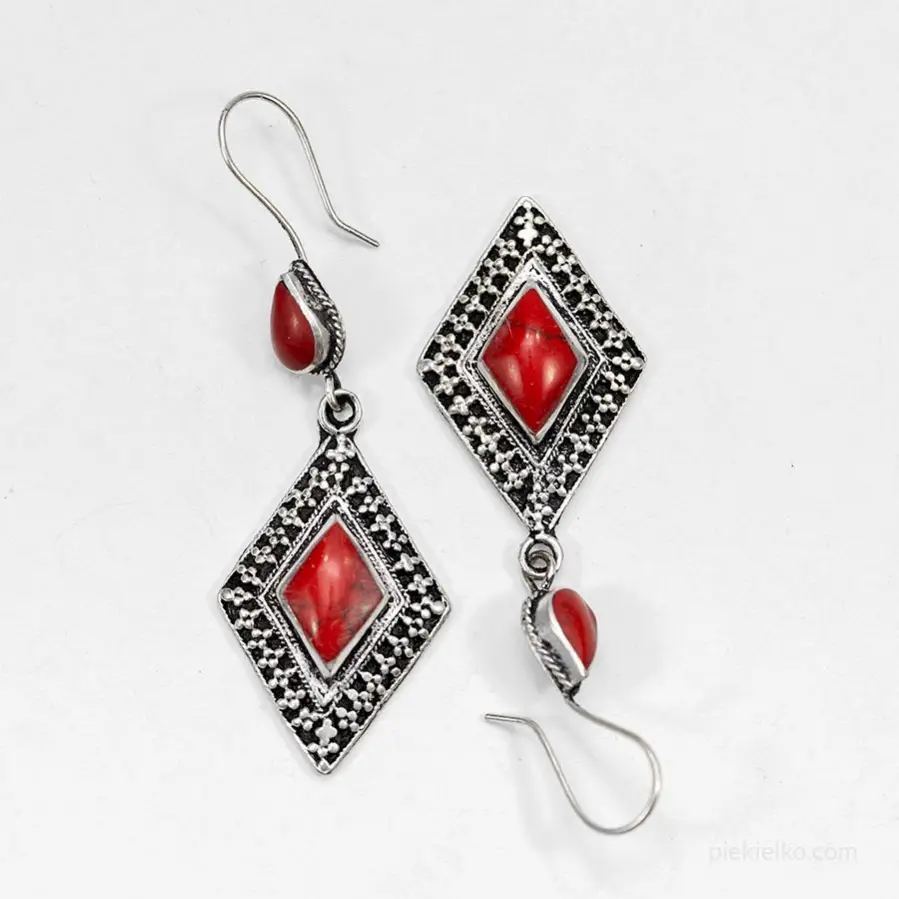
Earrings with red howlite
65,0061,75 -
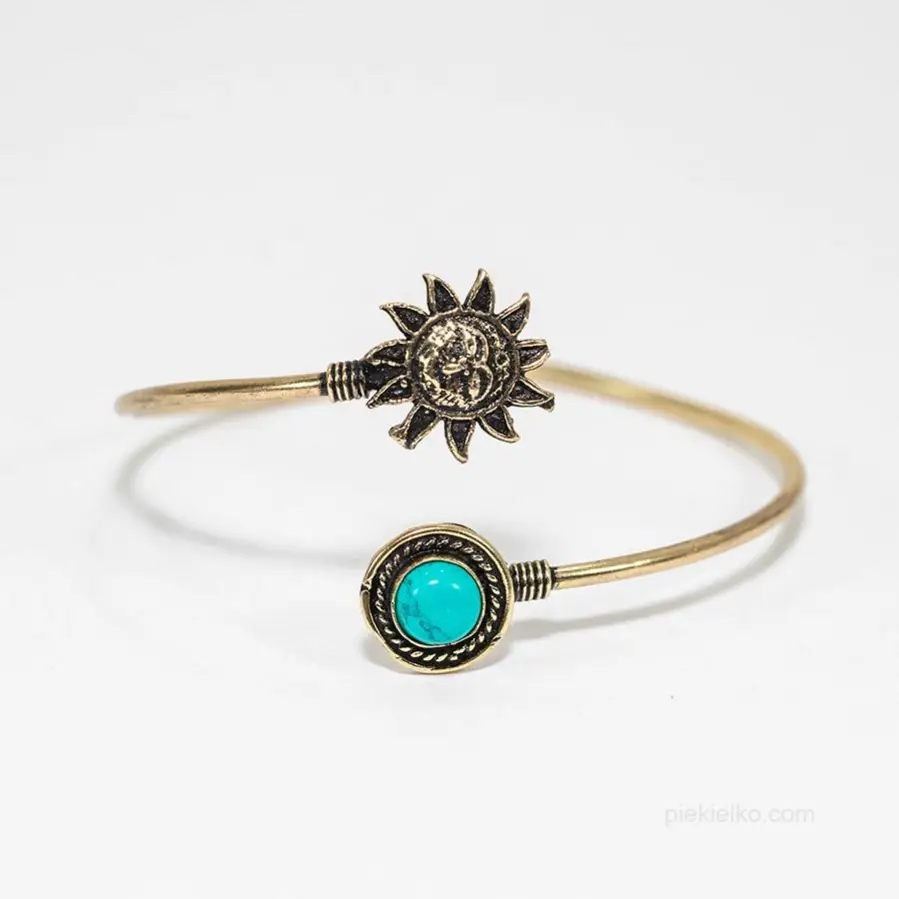
Bracelet with a sun
71,00 -

Howlite twig bracelet
71,00 -
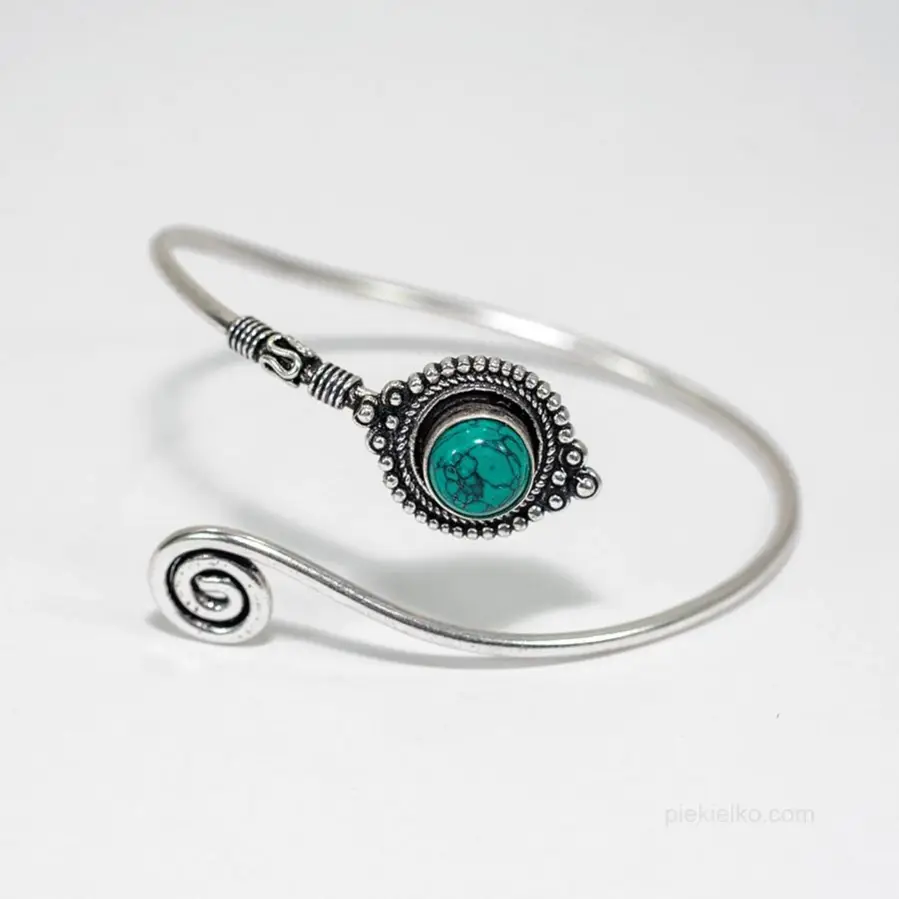
Bracelet with turquoise howlite
71,00 -
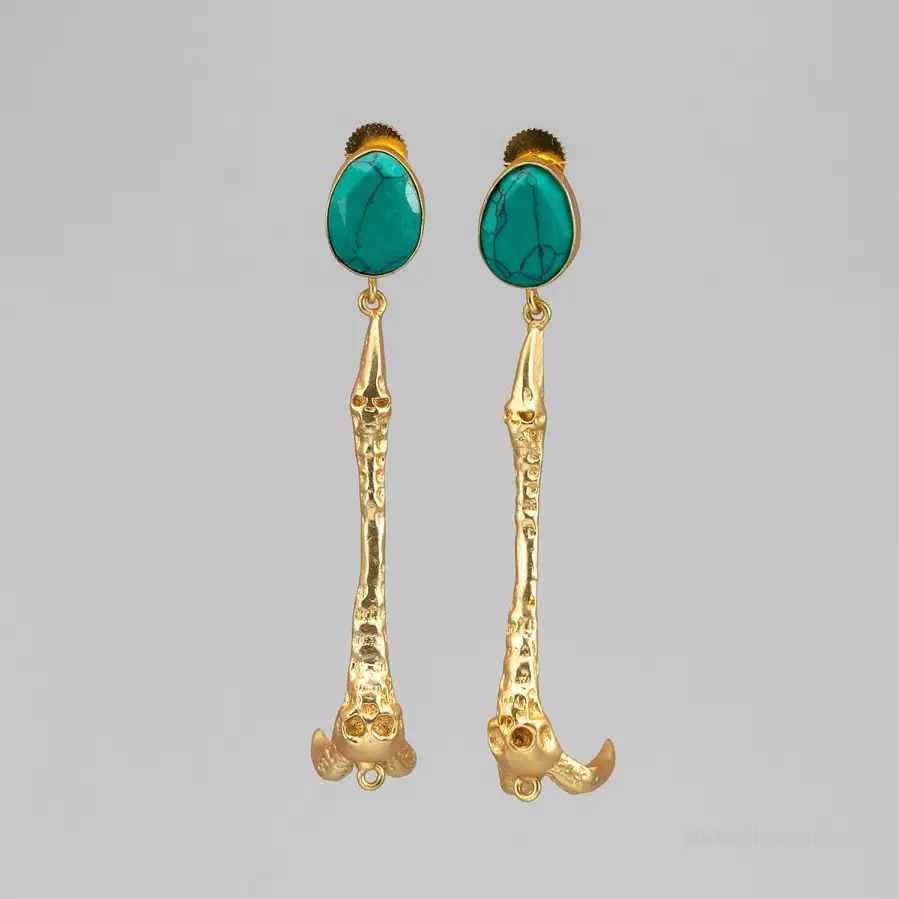
Skull earrings with howlite
121,0068,97 -
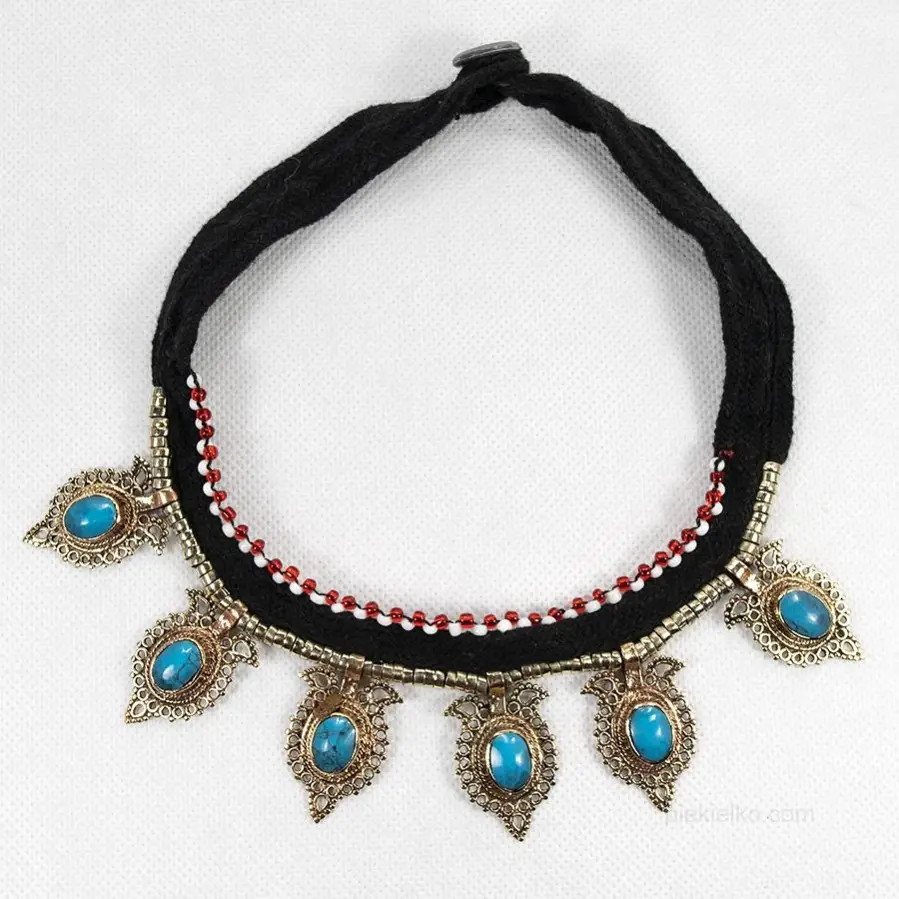
Tribal choker with blue howlite
152,00 -
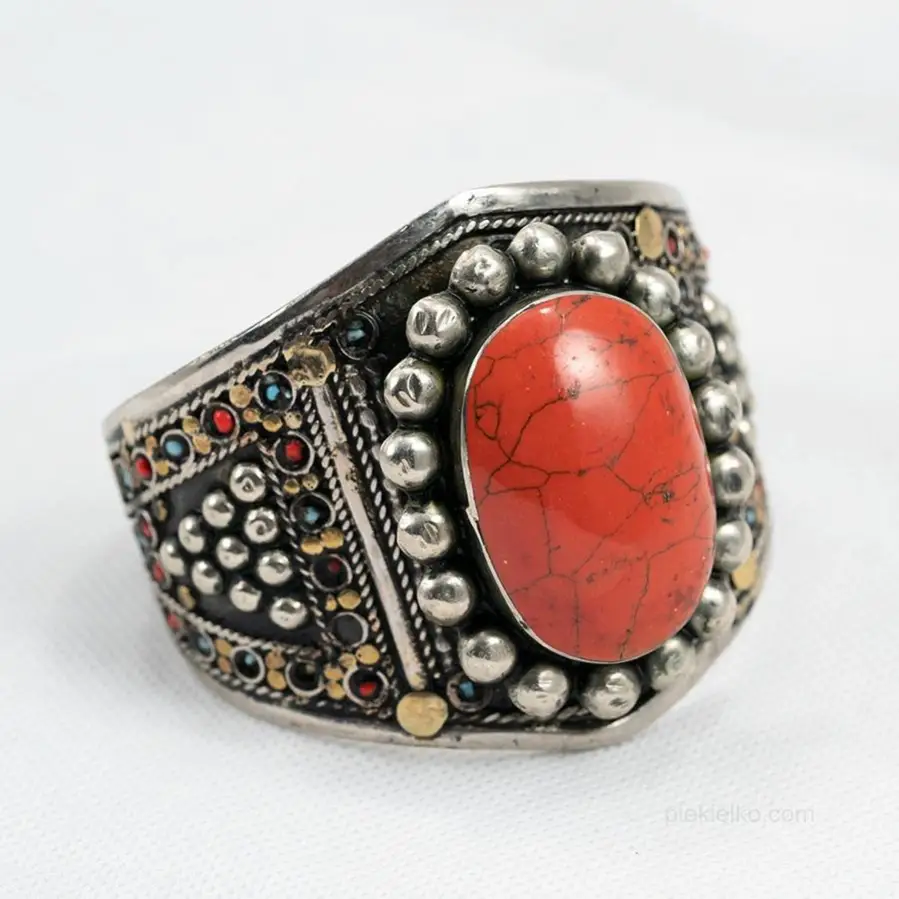
Kuchi cuff - red howlite
297,00 -
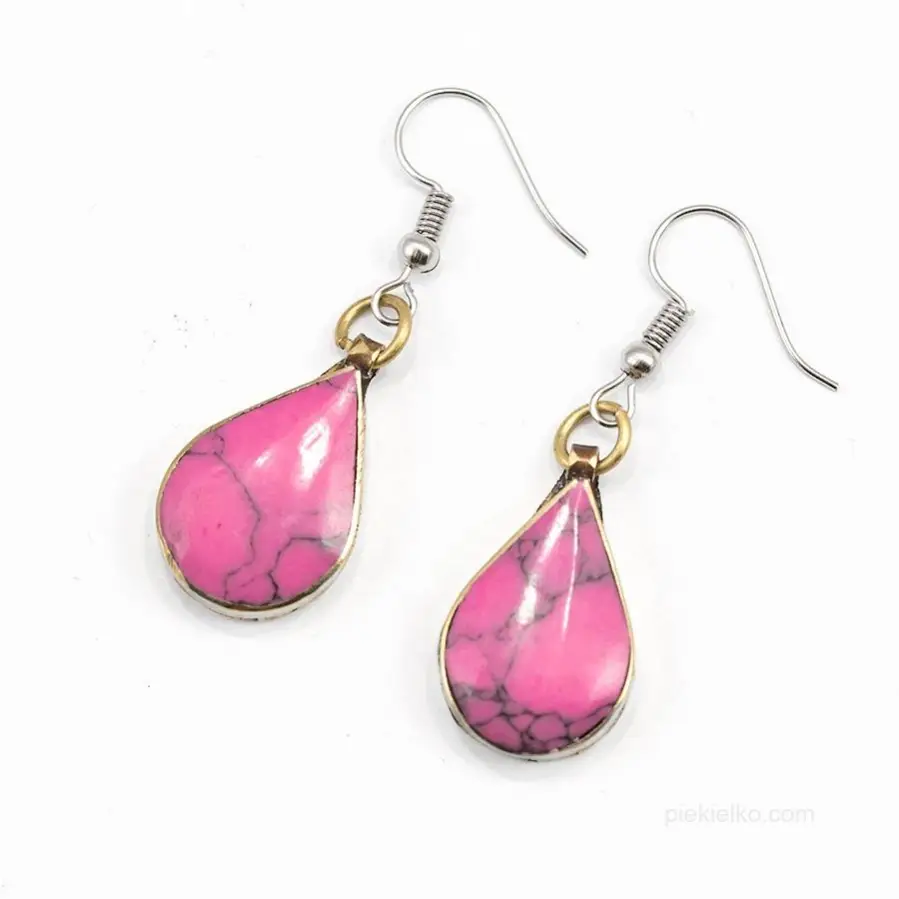
Teardrop earrings - pink howlite
59,0056,05 -

Teardrop earrings - turquoise howlite
59,0056,05 -
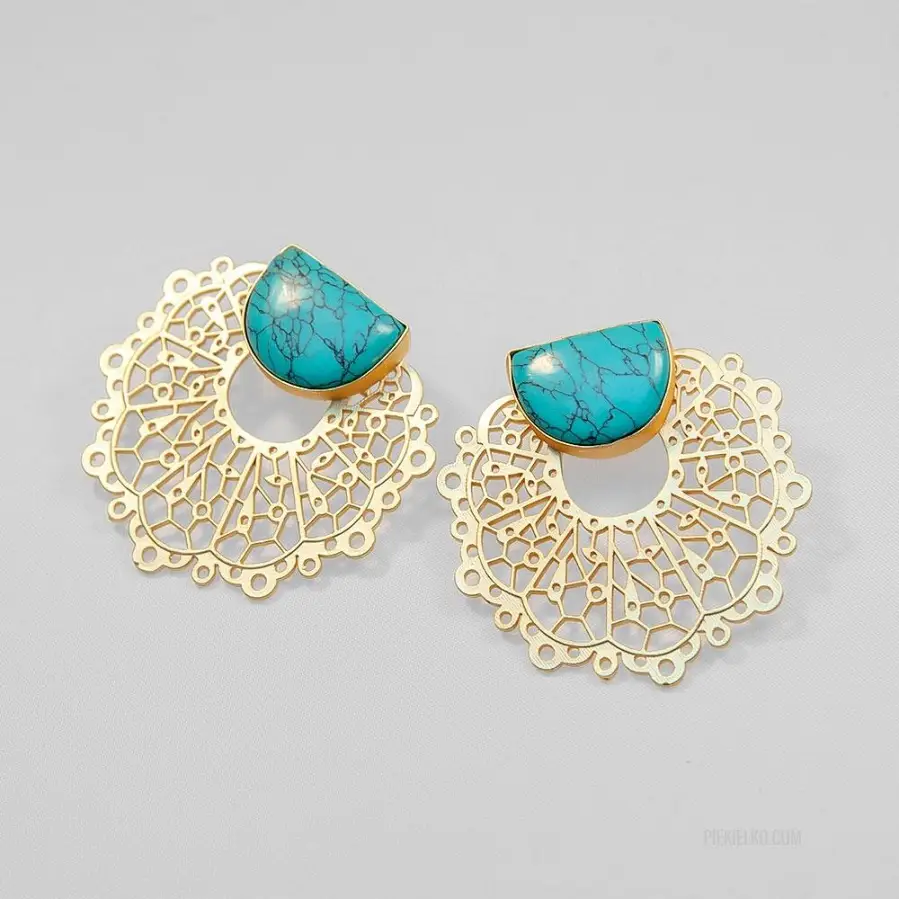
Gold-plated Indian earrings with howlite
152,0086,64



© Piekielko.com

